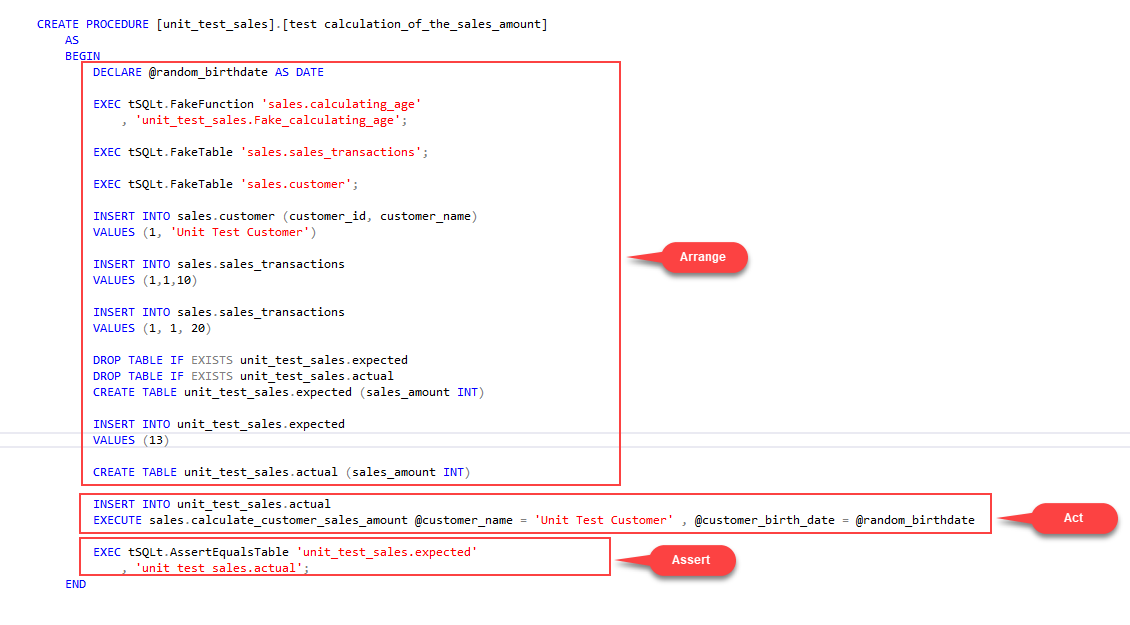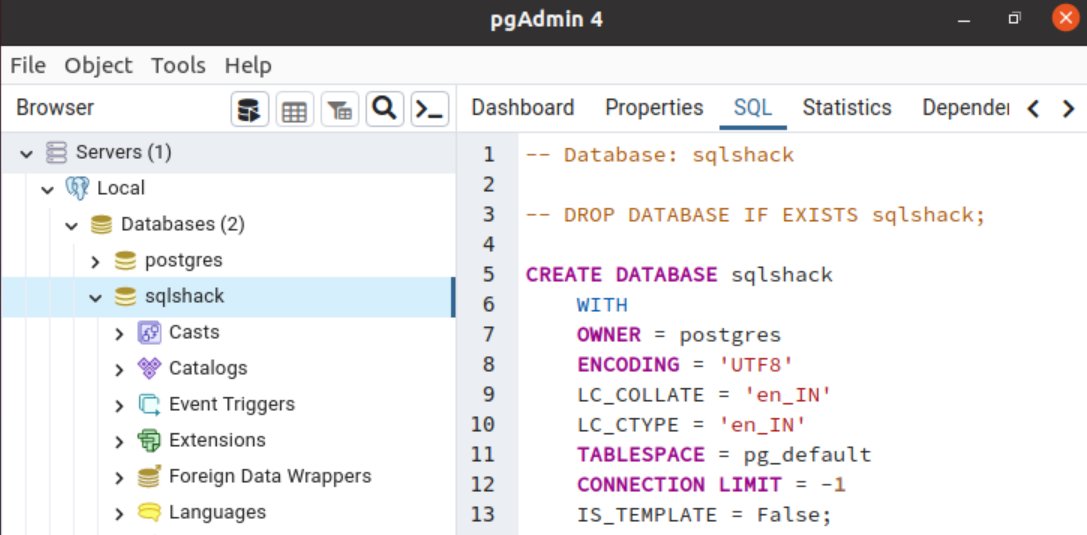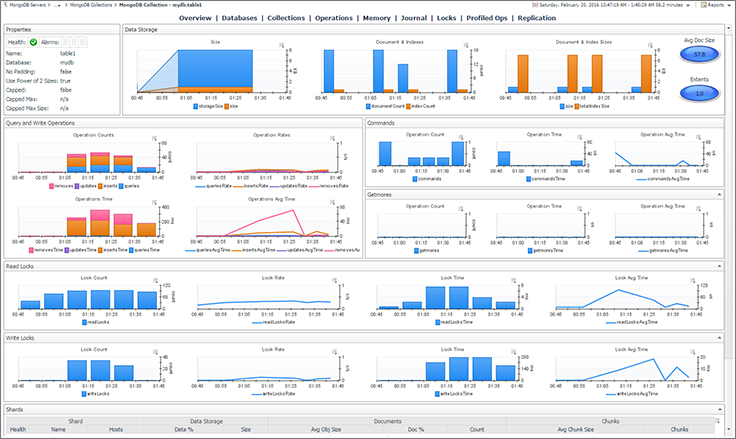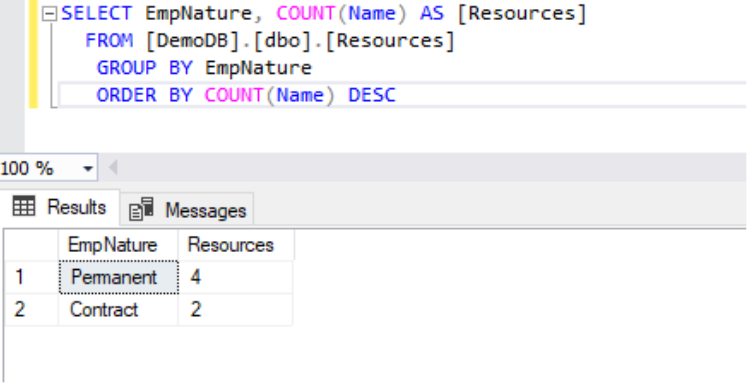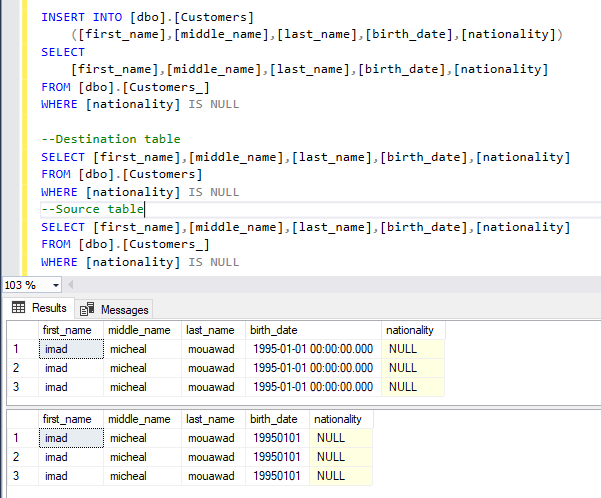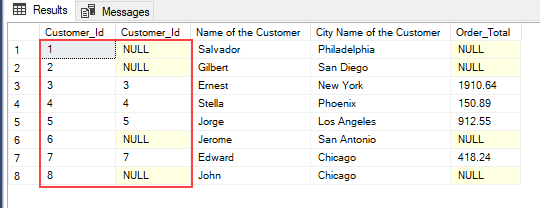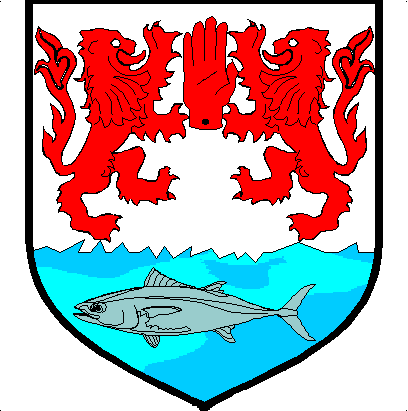
SQL Shack
@SQLShack
SQL Shack is a new SQL server blog with articles about database auditing, server performance, data recovery and more
Może Ci się spodobać
We’re moving, but not far! 🛫 We're part of @Quest, and we're sharpening our focus on what matters most: trusted data, secure identities, and modern platforms. All to power AI success. Follow us on LinkedIn, X, Facebook, YouTube or visit 🔗 quest.com.

Developers widely use the data type “String” in MySQL for storing data as well as in different formatting operations. Learn more about “Substring” function to extract a substring from a string: sqlshack.com/mysql-substrin…
sqlshack.com
MySQL substring uses with examples
This article will describe an understanding of different ways to use the SUBSTRING function in MySQL.
Data Types are an important part of a database. Choosing the right data type for a table is one of the most important tasks because it determines the kind of data we want to store in a table. Here are #PostgreSQL Data Types with various examples: sqlshack.com/an-introductio…
Unit testing is a testing technique that allows us to the test functionality of the smallest and programmable part of the software. Learn the basics of #SQL unit testing and how to write a SQL unit test through the tSQLt framework: sqlshack.com/sql-unit-testi…
#database monitoring consists of a set of techniques and operations that aims to maintain the health and performance of a database management system. Learn the different methods for monitoring #mongodb #NoSQL databases: sqlshack.com/different-meth…
Understanding your organization's business needs and leveraging #MachineLearning through the import, manipulation, and export process is critical to achieving goals and objectives. Learn more: sqlshack.com/sql-machine-le……
Gauri Mahajan shows how to calculate the standard deviation function manually as well as using the #sql standard deviation function: sqlshack.com/introduction-t…
The GROUP BY statement is used to group identical values from the specified column to get the desired output. Manvendra Deo Singh explains how to do a group by clause in your #SQL queries: sqlshack.com/how-to-do-a-gr…
#PostgreSQL is important to learn as it's the 4th most popular #database in the world. Daniel Calbimonte is sharing his expertise with newbies: sqlshack.com/postgresql-tut…
One of the common requirements for all #dataoperations is the ability to perform aggregation, which #mysql provides. Start with understanding the concept and dive into the process: sqlshack.com/mysql-group_co…
sqlshack.com
MySQL group_concat() function overview
This article will describe group concatenation in MySQL.
#Oracle #SQL database has several helpful functions, including the commonly used SUBSTR for string manipulation. Learn more about this function and its syntax, availability, and usage: sqlshack.com/understanding-…
Manvendra Deo Singh compares the two most popular database products #postgresql vs #mysql, and explains the differences between them: sqlshack.com/postgresql-vs-…
sqlshack.com
PostgreSQL vs MySQL: Understanding their differences
This article will show the comparison between the two most popular database products: PostgreSQL vs MySQL and explain the differences between them
When an application grows the associated database grows automatically, so it needs to be scaled to a larger machine or server. Randheer Parmar explains scaling in #oracledatabase and the methods to implement scaling: sqlshack.com/understanding-…
sqlshack.com
Understanding the Scalability in Oracle Database
This article will show the scalability options in the Oracle database.
Learn about the different approaches used to insert multiple rows in #SQL: sqlshack.com/learn-sql-inse…
Here is an overview of #MySQL Cluster suitable for both database beginners and professionals. Get a taste of how different components work together to form a system in the form of MySQL Cluster and the challenges it may face: sqlshack.com/mysql-cluster-…
Transact-SQL is an extension of the #SQL that is used to manipulate and fetch data from the Microsoft SQL server. Take a look at sample SQL queries that can help you learn basic T-SQL queries as quickly as possible: sqlshack.com/sql-cheat-shee…
The main difference between #SQL server and #PostgreSQL to create stored procedures are the dollar-quoting ($$), the use of semicolons (;) and the way to concatenate strings with variables. Learn how to create a PSQL stored procedure: sqlshack.com/psql-stored-pr…
How to create a PostgreSQL stored procedure, and how to work with variables? Find out here:sqlshack.com/psql-stored-pr…
While doing the #database migration you should take care of multiple things to do it successfully. Learn about the strategy and options to migrate the #Oracle database to the #Azure SQL database: sqlshack.com/migrating-orac…
United States Trendy
- 1. Ohtani 193K posts
- 2. Dodgers 238K posts
- 3. Dodgers 238K posts
- 4. Carson Beck 16K posts
- 5. $SAWA 1,569 posts
- 6. Miami 98.6K posts
- 7. Louisville 27.3K posts
- 8. Nebraska 17.5K posts
- 9. Brewers 53.9K posts
- 10. Babe Ruth 3,009 posts
- 11. NLCS 54.8K posts
- 12. #SmackDown 55.1K posts
- 13. #BostonBlue 7,687 posts
- 14. Rhule 4,445 posts
- 15. 3 HRs 9,820 posts
- 16. Minnesota 47.5K posts
- 17. George Santos 77.9K posts
- 18. 10 Ks 4,173 posts
- 19. Raiola 3,642 posts
- 20. Jeff Brohm 2,990 posts
Something went wrong.
Something went wrong.










